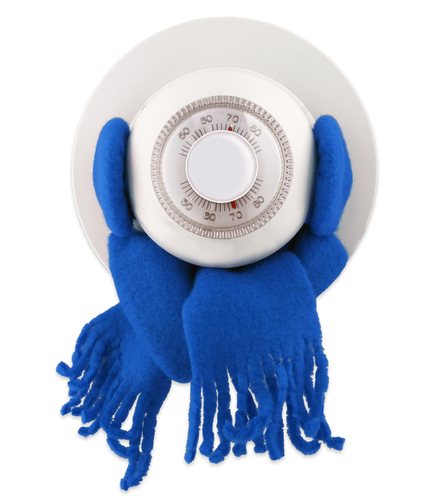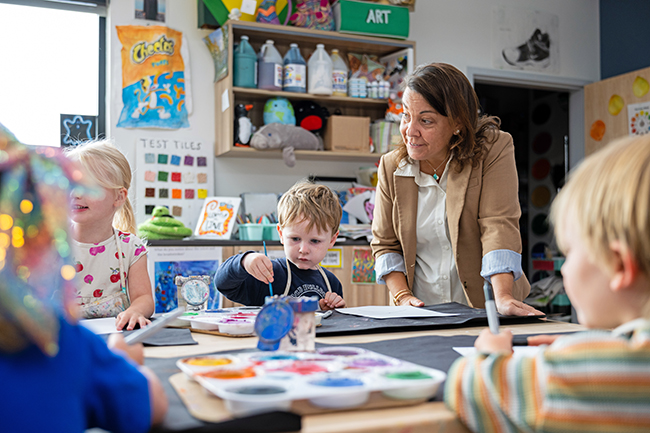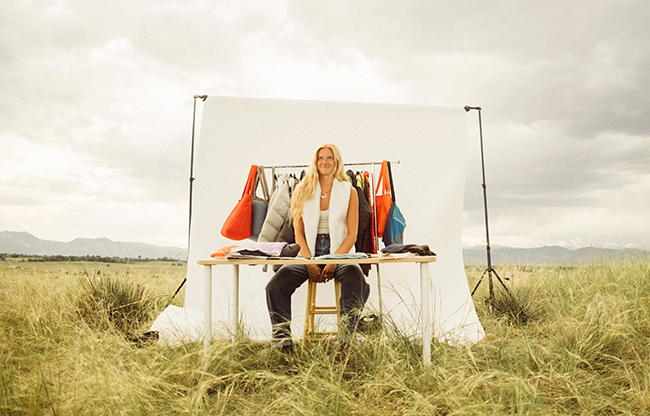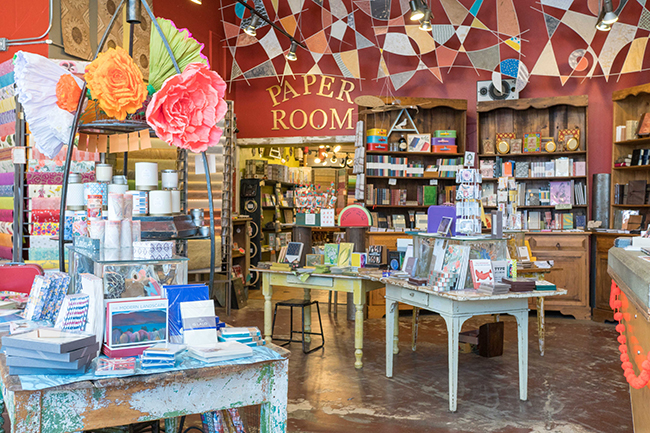Keeping Boulder in Stitches…and dust-free
08 Dec 2015
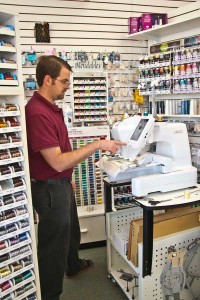
Don’t Send ’Em to the Landfill
One thing that has never changed at Sew-Vac through the years is the support that the Baldwins offer their customers, some of whom have been loyal since the very beginning. Every new sewing machine comes with free instructional sessions; they’re unlimited, which means you can come in to the store for assistance for as long as it takes for you to “get it.” (Kind of like the Apple Store’s Genius Bar, but Sew-Vac did it first.) When you’re ready to “needle up”—upgrade to a newer or fancier machine—you’ll receive a trade-in credit to apply to your purchase. The store also hosts frequent sewing, quilting and other classes for adults and children.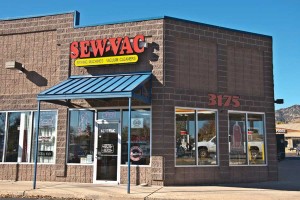
Sew-Vac (303-449-1281; www.sew-vac.com) is located at 3175 28th St., #3, Boulder 80301, north of Valmont; parking is available both in front of and behind the store. It’s open Monday-Friday 9 a.m.-6 p.m. and Saturday 9 a.m.-5 p.m.


